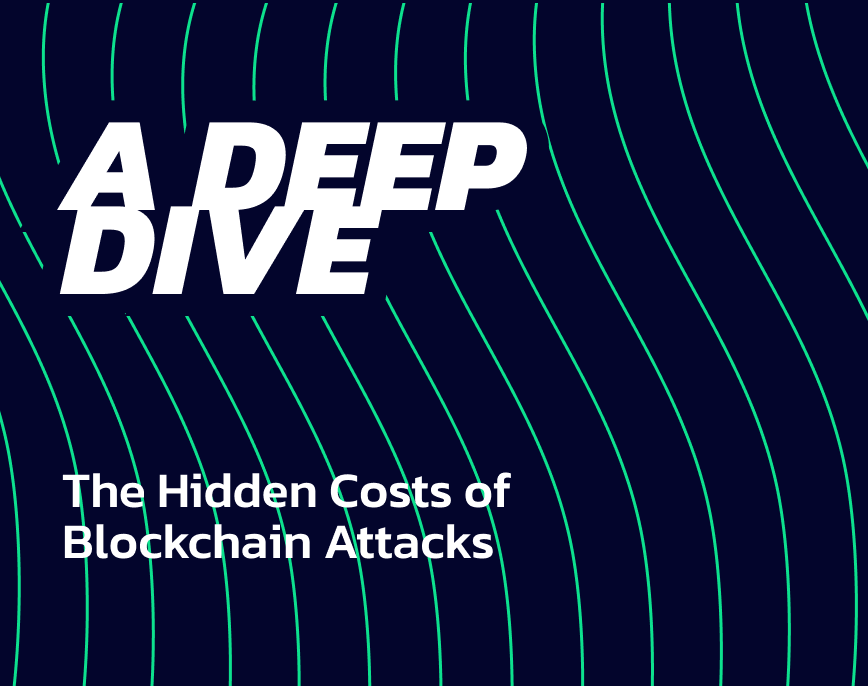
Permissionless blockchains have always been lauded for their trustless, secure operations. Central to their design is a consensus mechanism where participants incur explicit costs, either through work or stake, to contribute to the network and add blocks.
This cost structure was designed to deter attacks by making them prohibitively expensive, especially if a single entity controlled the majority of nodes. However, recent findings suggest that attackers might not just break even, but could potentially profit from their malicious endeavors.
This revelation underscores the limitations of protocol-based security measures and highlights the need for external, socially-driven safeguards. Alarmingly, this also paves the way for stealthier attacks that could slip under the radar.
Blockchain’s Vulnerability Unearthed
Blockchain technology, particularly the decentralized finance (DeFi) sector, has been hailed as a game-changer in the financial world. But as with any innovation, it’s not without its vulnerabilities. Recent studies, such as those by Budish (2022) and Chiu and Koeppl (2022), have highlighted potential security flaws in the protocol, suggesting that the cost of a majority attack could be zero.
This means attackers could potentially double-spend without incurring any net cost, as they’d still earn mining rewards.
The Double-Spend Dilemma
While there have been instances of double-spending in Proof of Work blockchains, as noted by Shanaev et al. (2019) and others, it’s puzzling why we haven’t seen more of these attacks. One theory is that some attacks might go undetected due to the peer-to-peer nature of blockchains.
However, external societal forces, such as the potential drop in cryptocurrency value after a detected double-spend, likely play a role in keeping miners honest.
The Real Cost of Attacks
But here’s where it gets intriguing. New analysis suggests that the net cost of an attack might not just be zero—it could be negative.
This means an attack could be profitable even without any double-spending, as the attacker could reap higher mining rewards during the attack. This revelation introduces a new type of majority attack, where the primary incentive isn’t double-spending but capturing additional mining rewards.
The Ripple Effect: Beyond the Immediate Threat
The potential for these attacks sends ripples throughout the entire blockchain ecosystem. Not only can they be executed in a more covert manner through smaller, intermittent spurts, but their stealthy nature makes them incredibly challenging to track and counteract. As these attacks unfold, they could severely undercut the profitability of small-scale miners.
These miners, often seen as the backbone of the decentralized ethos, might find it increasingly difficult to sustain their operations amidst such threats. Their eventual exit would lead to an even greater concentration of mining power in the hands of a few dominant players.
This shift towards centralization is deeply concerning. The foundational promise of blockchain is its decentralized nature, ensuring no single entity has overarching control. However, with the rise of these sophisticated attacks and the potential sidelining of smaller miners, we risk moving away from this core principle, potentially compromising the integrity and trustworthiness of the entire system.
Beyond Proof of Work: Not Just Proof of Work’s Problem
Although much of the spotlight has been directed at the Proof of Work mechanism, it’s crucial to understand that this isn’t the only system at risk. The intricacies and potential pitfalls that lead to the negative cost of an attack extend beyond just this. They are deeply rooted in the Nakamoto consensus and even permeate the Proof of Work mechanism itself.
Such widespread vulnerabilities underscore the need for a comprehensive and meticulous examination of the economic underpinnings of various blockchain protocols. It’s not just about identifying the weak points but understanding the broader implications these vulnerabilities might have on the entire blockchain landscape.
As we delve deeper into these mechanisms, it becomes evident that a holistic approach is required to ensure the security and reliability of these transformative technologies.
The Double-Edged Sword of Blockchain Technology
With its potential to revolutionize industries and redefine transactions, it’s equally important to recognize the inherent challenges of blockchain technology.
As with any evolving technology, blockchain is not without its vulnerabilities. As we stand on the cusp of a digital transformation, society must play an active role in monitoring and addressing these weak points.
The continuous evolution of blockchain demands vigilance, not just from tech enthusiasts and industry experts, but from society at large. By staying informed and proactive, we can collectively ensure that blockchain not only meets but exceeds its transformative potential, all while safeguarding its integrity.
